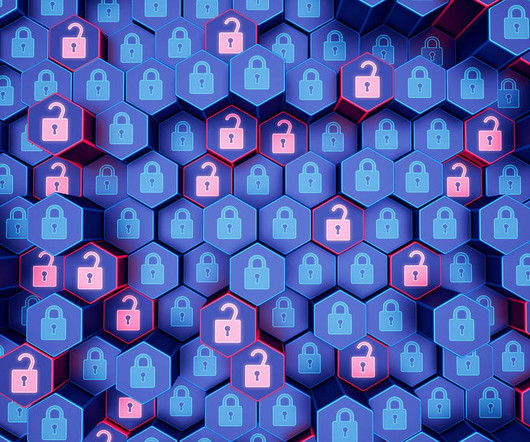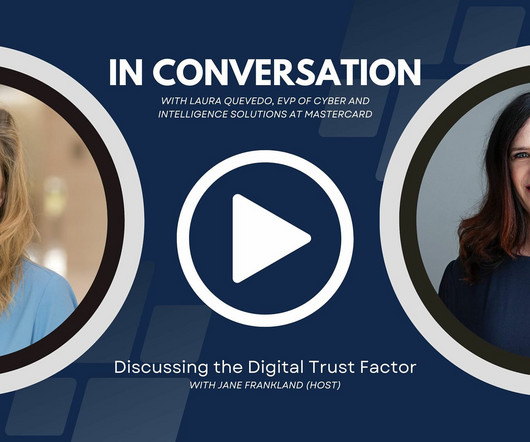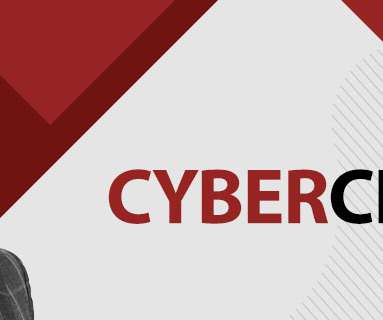LW ROUNDTABLE — How 2024’s cyber threats will transform the security landscape in 2025
The Last Watchdog
DECEMBER 16, 2024
Deepfake scams will escalate, with threat actors using AI to create convincing impersonations of executives, risking personal and corporate brands. Complex DevSecOps, APIs, and cloud integrations will become leading attack vectors, while insider threats and accidental disclosures drive data leakage risks. million (NIST, WEF).



























Let's personalize your content